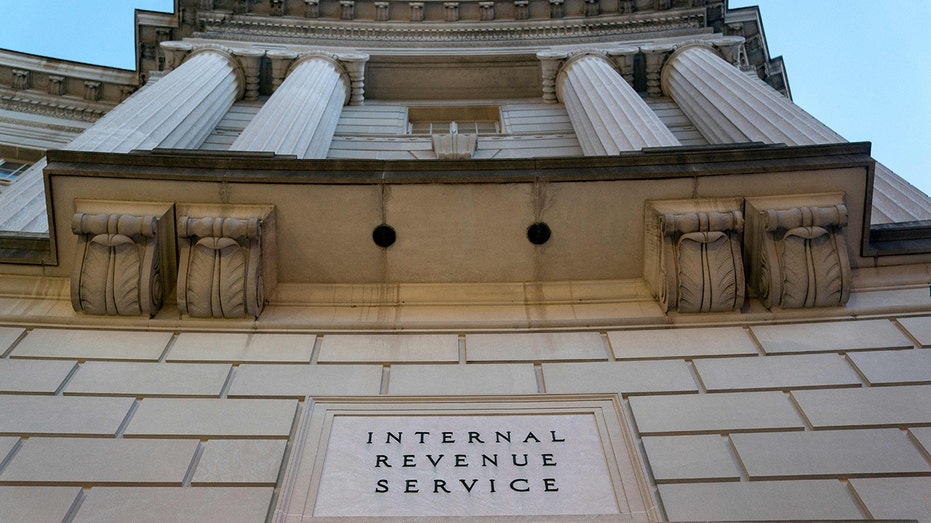Stock Trader’s Almanac editor-in-chief Jeffrey Hirsch explains why February is historically a bad month for equities and identifies some big investing opportunities on ‘Making Money.’
High inflation has ravaged millions of American families as the prices for everything from food to rent to health insurance surged over the past three years.
But there is a surprising silver lining to inflation that many households can look forward to this year: a smaller tax bill.
That’s because the IRS annually adjusts the federal income tax bracket and standard deduction; in times of painfully high inflation, the increases are more significant and impactful for taxpayers. In 2023, the tax brackets shifted higher by about 7.1% – a historic increase that is also higher than the 5.5% earnings increase received by the median worker last year.
“There’s not a lot of good news for the low- and moderate-income people who didn’t keep pace with inflation, and that’s a lot of people,” Mark Steber, chief tax information officer at Jackson Hewitt, told FOX Business. “This is not some outlier group. Those people should see a little better situation on their taxes this year.”
HERE’S EVERYTHING YOU NEED TO KNOW BEFORE FILING YOUR TAXES
A blank 1040 tax return form from the IRS. (iStock / iStock)
REMOTE WORKERS FACE A DOUBLE TAXATION THREAT
The increase is intended to avoid a phenomenon known as “bracket creep,” which happens when taxpayers are pushed into higher-income brackets even though their purchasing power is essentially unchanged due to steeper prices for most goods.
“For any taxpayer that didn’t make more money and outpace inflation, without this adjustment, you have even less money, but now you’re paying even more taxes without these inflationary adjustments that the IRS does,” Steber said.
The standard deduction – which reduces the amount of income taxed by the federal government – also moved higher by about 7%, rising from $12,950 to $13,850 in 2023. That means if you earned $50,000 last year, you would only pay taxes on $36,150. That places you in the 12% tax bracket instead of the 22% tax bracket.
Here are the tax brackets for the 2024 filing season (and the 2023 tax year).
Tax brackets for single individuals:
- 10%: Taxable income up to $11,000 or less
- 12%: Taxable income over $11,000
- 22%: Taxable income over $44,725
- 24%: Taxable income over $95,375
- 32%: Taxable income over $182,100
- 35%: Taxable income over $231,250
- 37%: Taxable income over $578,125
SOCIAL SECURITY RECIPIENTS COULD BE HIT WITH A SURPRISE TAX BILL THIS YEAR

The Internal Revenue Service building in Washington, D.C., on Jan. 24, 2023. (STEFANI REYNOLDS/AFP via Getty Images / Getty Images)
Tax brackets for joint filers:
- 10%: Taxable income up to $22,000
- 12%: Taxable income over $22,000
- 22%: Taxable income over $89,450
- 24%: Taxable income over $190,750
- 32%: Taxable income over $364,200
- 35%: Taxable income over $462,500
- 37%: Taxable income over $693,750
CLICK HERE TO READ MORE ON FOX BUSINESS
Most taxpayers will have until Monday, April 15, to submit their returns or request an extension.
The IRS expects to receive more than 128.7 million individual tax returns by this year’s deadline.
In order to receive your refund within 21 days of filing, the IRS has said that you must file your return electronically, ensure that it is accurate and complete and request to receive the refund via direct deposit.
–>
Leave a Reply